Julian Schnabel on the new black-and-white ‘Basquiat,’ plus the week’s best movies
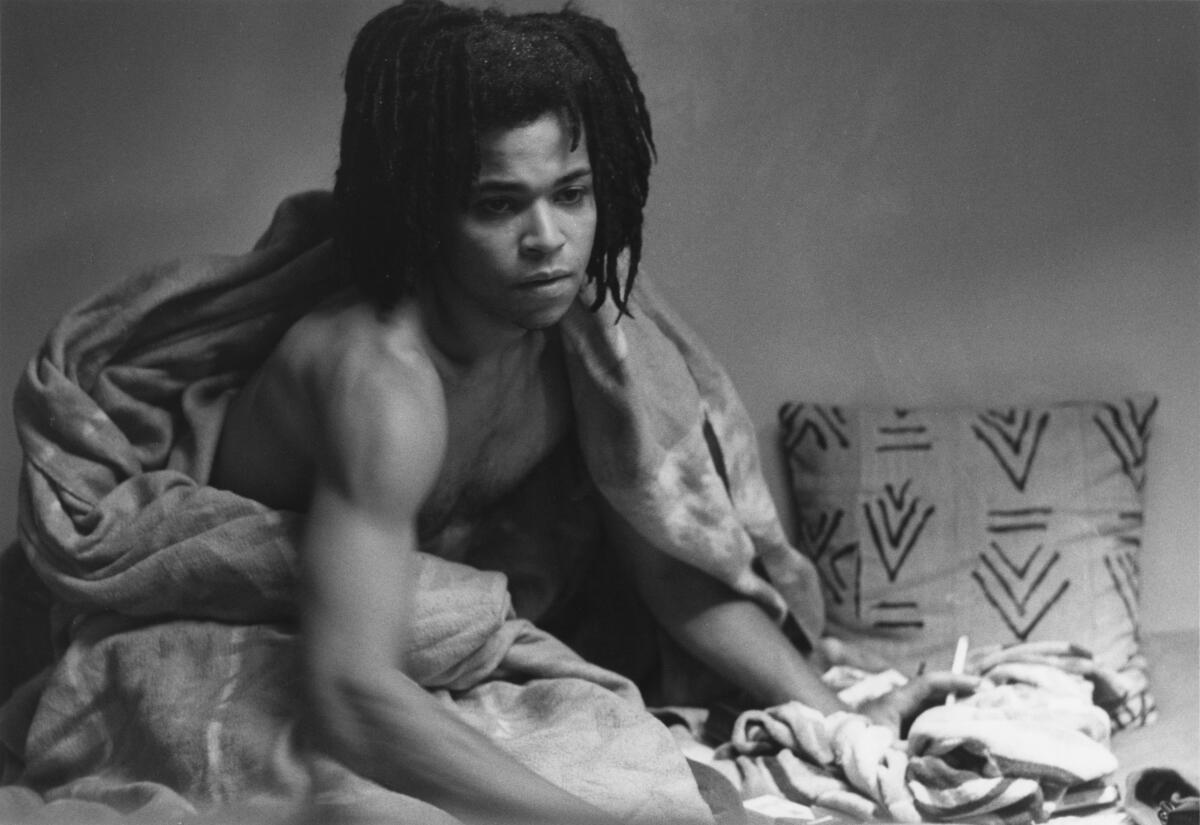
- Share via
Hello! I’m Mark Olsen. Welcome to another edition of your regular field guide to a world of Only Good Movies.
It was a very busy week at the Toronto International Film Festival. Catch up with some of the favorites among myself, Matt Brennan and Meredith Blake, including “The Last Showgirl,” “The Brutalist,” “The Listeners,” “The Fire Inside,” “The Order,” “Hard Truths” and more.
Meredith also took a look at the reactions to the premiere of Marielle Heller’s “Nightbitch,” in which Amy Adams plays a woman who feels trapped by her life as a mother and may be responding by turning into a dog.
I spoke to musician Stevie Van Zandt and filmmaker Thom Zimny about “Road Diary: Bruce Springsteen and the E Street Band,” an intimate look at the group’s rehearsal process as they prepared for a return to touring after years apart.
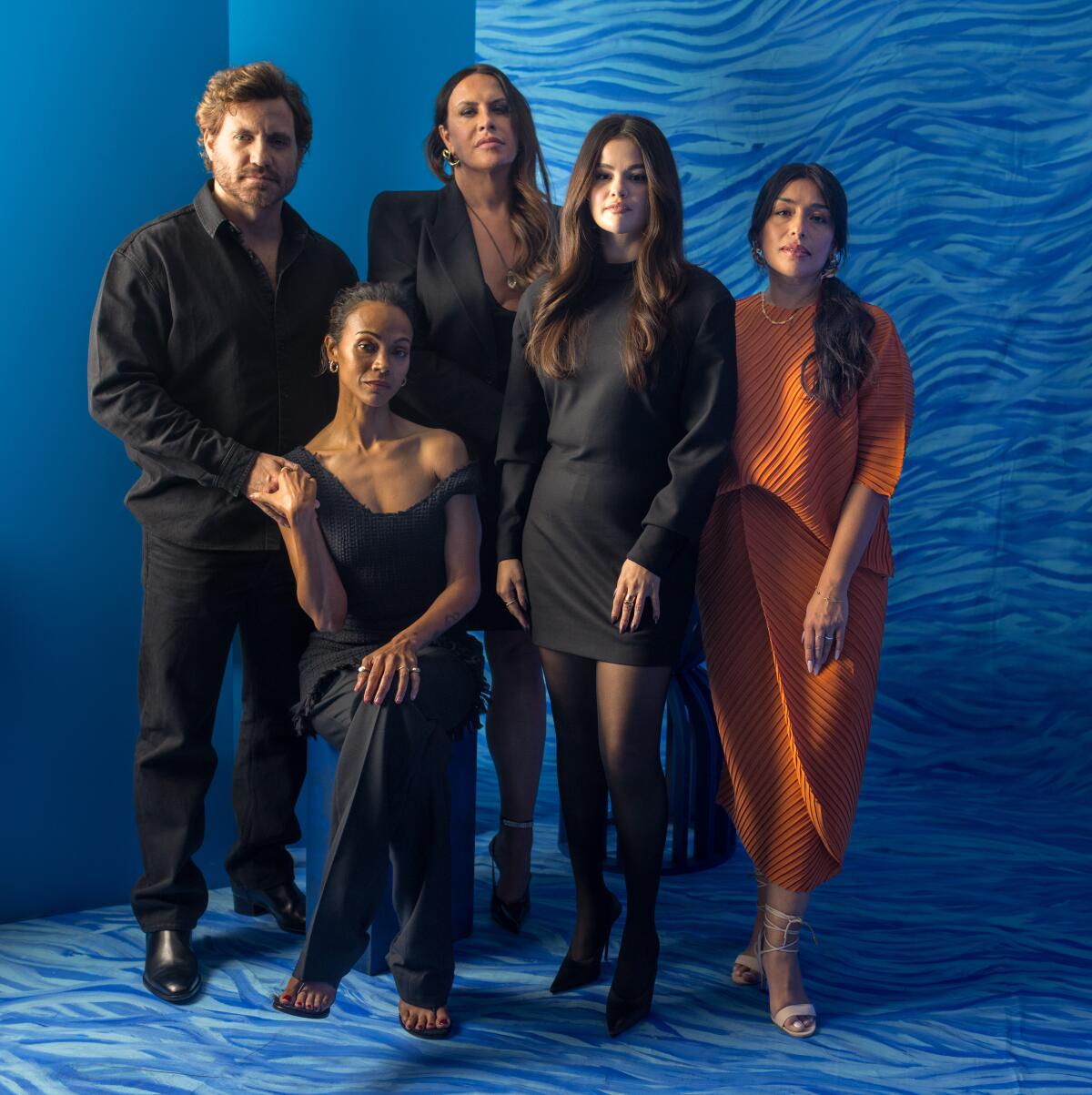
We also conducted many video interviews, with the teams from “Emilia Perez,” “The Piano Lesson,” “Eden,” “Anora,” “Conclave,” “Saturday Night,” “The Last Republican” and more.
Glenn Whipp put the last few weeks of festival premieres into perspective as to whether any awards front runners have emerged.
Why ‘Basquiat’ is in black and white
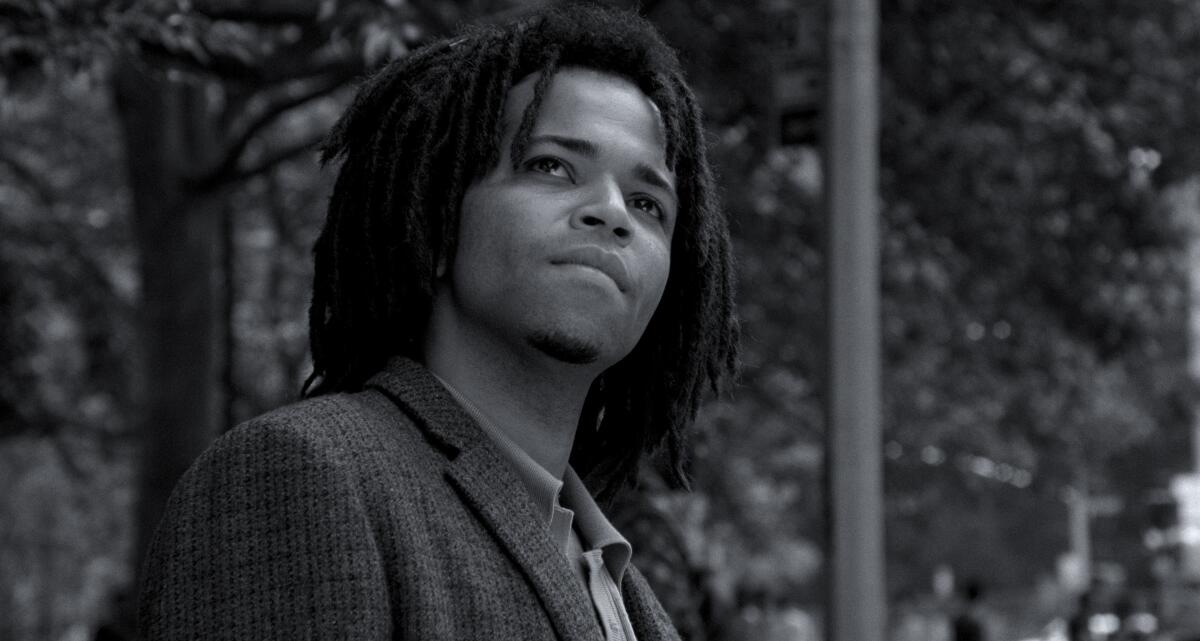
A new black-and-white 4K restoration of Julian Schnabel’s “Basquiat” opens today in New York and Los Angeles with plans to expand further. Originally released in 1996, the film is a portrait of painter Jean-Michel Basquiat, who had a meteoric rise from street artist to celebrated painter and died in 1988 at only age 27.
The film was the first for Schnabel, himself already widely known as a star artist from the same New York art world that Basquiat would emerge from. It marked the film debut for actor Jeffrey Wright in the title role. The cast also includes Benicio del Toro, Michael Wincott, Claire Forlani, Parker Posey, Courtney Love, Willem Dafoe, Christopher Walken, Dennis Hopper and David Bowie as Andy Warhol. Future Oscar winner Sam Rockwell has a one-scene role simply as “Thug.”
While the original color version of the film was about the fragility of dreams and a yearning for success, the black-and-white edition takes on an even deeper tenderness and sense of loss.
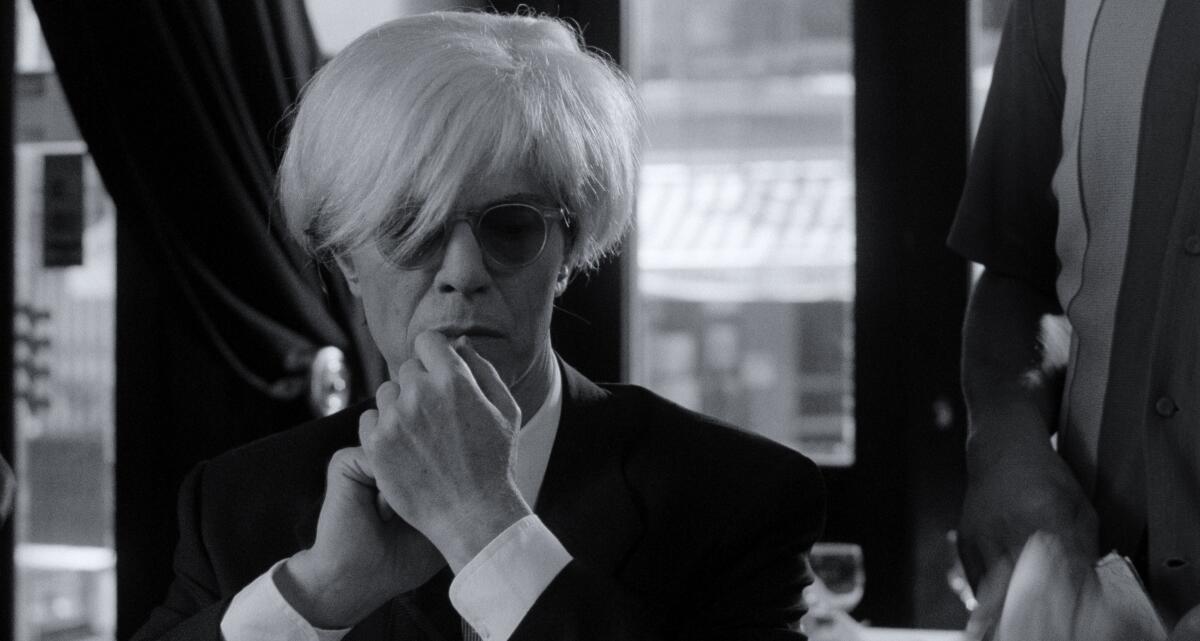
The new version of the film has a back story: A few years ago, Schnabel was at a screening of the film in Montauk, N.Y., and there was a problem with the projector so the film could only play in black and white. And he realized he liked it.
“It was more like a Shirley Clarke film — instead of being distracted by the paintings, the paintings were part of the fabric of the image,” said Schnabel in a phone call from his home in New York City this week, noting there is still a moment of color after the end credits. “It struck me.”
“I always say about looking at paintings, the last time you see the paintings is always the first time that you see them,” he added. “And I think that’s true about movies also, because we change as we look at things and we evolve.
“I felt like I was seeing it for the first time,” Schnabel said of creating the black-and-white version. “So I thought it was worth the trouble to do that.”
In the film Gary Oldman plays an artist named Albert Milo — a clear stand-in for Schnabel, with the artist’s own paintings, family and house all part of Milo’s world in the film. Schnabel noted a scene in the movie where Warhol gives Basquiat $3,000 to buy an oversized tin of caviar and how in real life he was the one who paid for it.
“We lived that life,” said Schnabel. “So I knew my topic. And I felt like he deserved for it to be accurate.”

In his original review for The Times, Kenneth Turan referred to the film as “a particularly brazen piece of self-aggrandizement” for its depiction of the Milo character. Many reviews from the time noted the film felt as much a portrait of Schnabel as it did of Basquiat.
“There’s an awful lot of me in the movie because I made it,” said Schnabel. “There’s an awful lot of Marty Scorsese in Marty Scorsese’s movies, even though he didn’t shoot anybody. Not that I know. I think that it’s very hard to separate the author from the work and probably all of your works are somehow self-portraits, whether you are the topic or not.”
Times art critic Christopher Knight wrote at the time, “It’s the only movie I’ve ever seen that inescapably feels like it’s about an actual artist, not about a goofball fantasy of an artist, which is what usually gets unspooled. … So historians and movie critics might have their complaints. But never mind. ‘Basquiat’ is uniquely convincing in its portrayal of an artist.”
Producer Jon Kilik has continued working with Schnabel, on “Before Night Falls,” “The Diving Bell and the Butterfly,” “At Eternity’s Gate” and the upcoming “In the Hand of Dante.” In a separate interview, Kilik noted that the film’s cast of indie luminaries makes it a reminder of a specific time in filmmaking.
“It really is a kind of a time capsule of not just New York and the art scene, but the independent film scene,” said Kilik, who also produced movies for such quintessential New York City filmmakers as Spike Lee and Jim Jarmusch. “It encompasses so much of the ’90s independent film world.”
In one line in the film, Oldman’s Milo says to Wright’s Basquiat, “Your audience isn’t even born yet.” Considering the continued and seemingly ever-growing popularity of Basquiat’s work, that line has been proven to be 100% true.
“He was growing up in public,” Schnabel said of Basquiat and his legacy. “And I felt like I knew about that. I didn’t want a tourist to make this film. So that’s why I did it. It was more like a rescue mission, somehow.”
‘Shampoo’ in 35mm
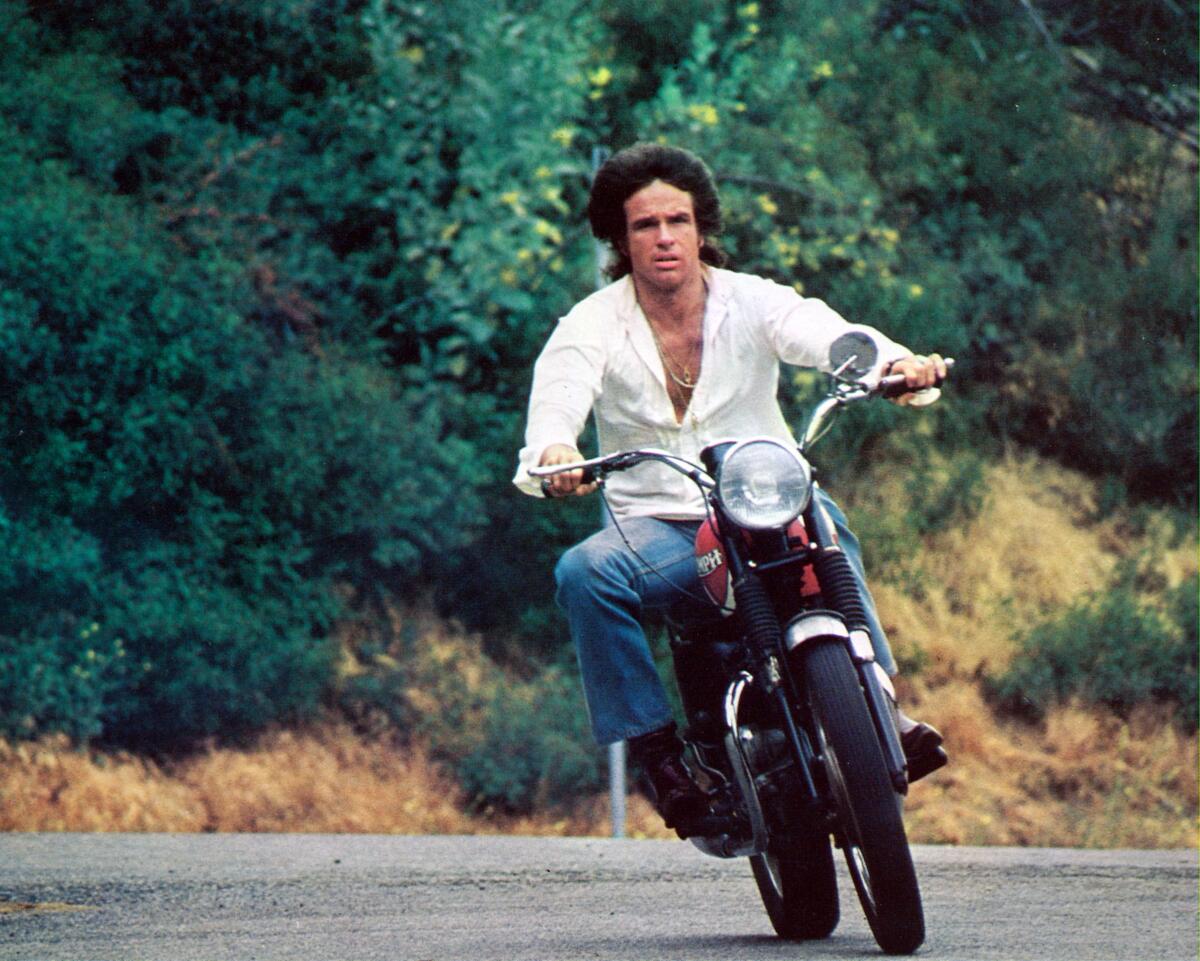
On Wednesday a new 35mm print of “Shampoo,” directed by Hal Ashby, will play at the Academy Museum’s David Geffen Theatre as part of the ongoing branch selects series, this time chosen by the writers’ branch. The screenplay, co-written by Robert Towne and the film’s star and producer Warren Beatty, would be nominated for an Oscar. Towne, who won an Oscar for his screenplay to “Chinatown,” died in July at age 89.
Released in 1975, “Shampoo” is one of those films that slyly reveals itself to be smarter and richer every time you return to it. Yes, it is a very funny farce about a not-terribly-bright Beverly Hills hairdresser (Beatty) whose unchecked libido causes him all kinds of complications, set on the eve of the 1968 presidential election. (Nixon won.) But it is also about so much more: the death of idealism and the struggle to remain uncynical in a desperate world. (Which is also a way of saying Nixon won.)
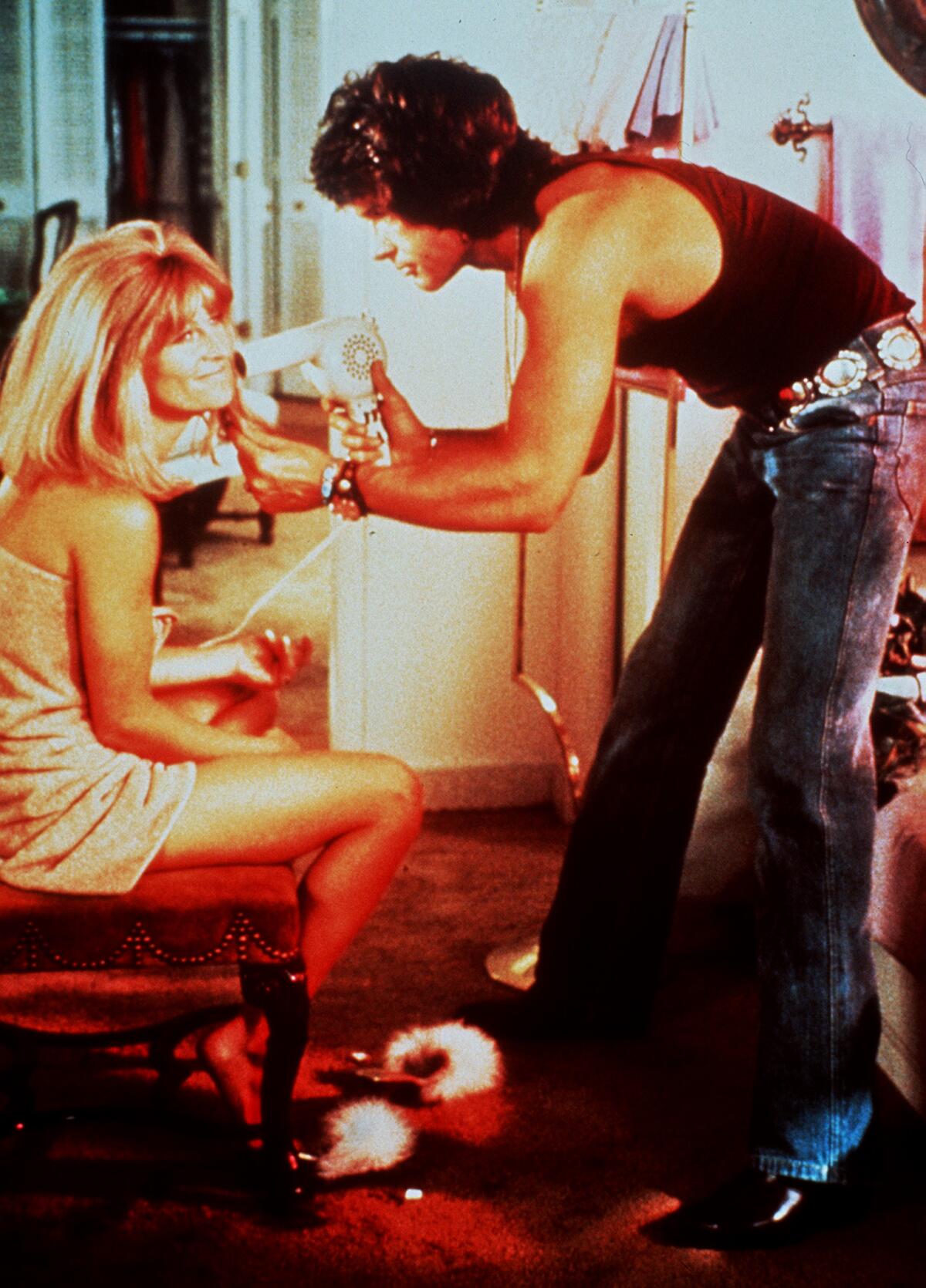
The cast includes Julie Christie, Goldie Hawn, Lee Grant (who won an Oscar for supporting actress) and Carrie Fisher in her film debut. When I last rewatched the film, I was totally knocked out by Jack Warden as a local businessman and power broker just trying to make it all work in a performance that is tender, funny and, when he needs to be, a little terrifying.
In his original review, Charles Champlin wrote, “The talk and the tarryings-on will enliven a lot of cocktail conversation for the next little while, and ‘Shampoo’ is one of those movies likely to attract business because it is notorious rather than because it is admirable — because it will be culturally necessary to say you have seen and heard Julie Christie in the Bistro scene.”
Champlin added, “What links the sex and the politics is opportunism, a kind of operational chaos resulting from the lack of long-range values still regarded as important and commanding. Lacking any confidence in love and singularity in relationships (or any really deep-seated social idealism in politics), the consequences are compromise, cynicism and a despairing accommodation. The Jeffersonian dream has become the coverup and the Romantic ideal has become an anarchic and edgy permissiveness, unstable and unfulfilling.”
Points of interest
‘Paris, Texas’ in 4K
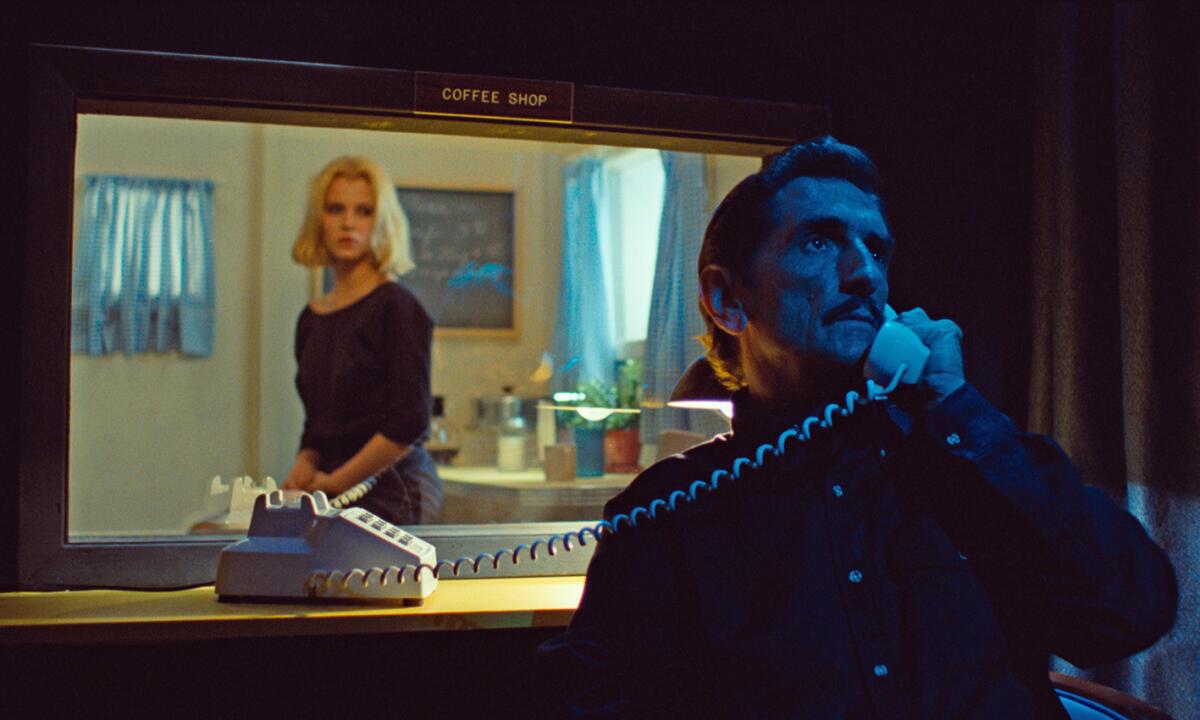
The American Cinematheque is in the midst of a limited run of the new 4K restoration of Wim Wenders’ 1984 “Paris, Texas,” with a screenplay by Sam Shepard and L.M. Kit Carson and cinematography by the great Robby Müller. In the film, Harry Dean Stanton plays Travis, a mute drifter holding out hope for reuniting with his wife (Nastassja Kinski) and their young son.
In her original Times review, Sheila Benson wrote, “‘Paris, Texas’ stands or fails by its actors. Along with Ry Cooder’s evocative music, it is the actors who give the film its heart. Although Mueller’s environments are ravishingly beautiful, they are also immaculately cool, and it’s no mistake that the best of Wenders’ films have been called ‘quiet poems of desolation.’ The growing sweetness that suffuses Stanton’s performance, his combination of innocence and anguish are breathtaking. This is a performance that demands recognition. … The film’s greatest accomplishment is in giving Stanton a role thoroughly worthy of his talents at last.”
‘Mi Vida Loca’ in 35mm

We mentioned a screening of director Allison Anders’ “Mi Vida Loca” earlier in the summer and now the film is back, playing on Monday at the Academy Museum’s Ted Mann Theater in 35mm with Anders and actors Angel Aviles and Seidy López in person. (Anders was actually a production assistant on “Paris, Texas.”)
The film is screening as part of a series, “Hasta la Raíz: To the Root” on Latine/x adolescence. Other films in the program include Daniel Ribeiro’s 2014 “The Way He Looks,” Aurora Guerrero’s 2012 “Mosquito y Mari,” with Guerrero and actors Fenessa Pineda and Venecia Troncoso in person, Peter Sollett introducing his 2002 “Raising Victor Vargas” and Fernando Sarinana’s 2002 “Amar te duele.”
‘My Old Ass’
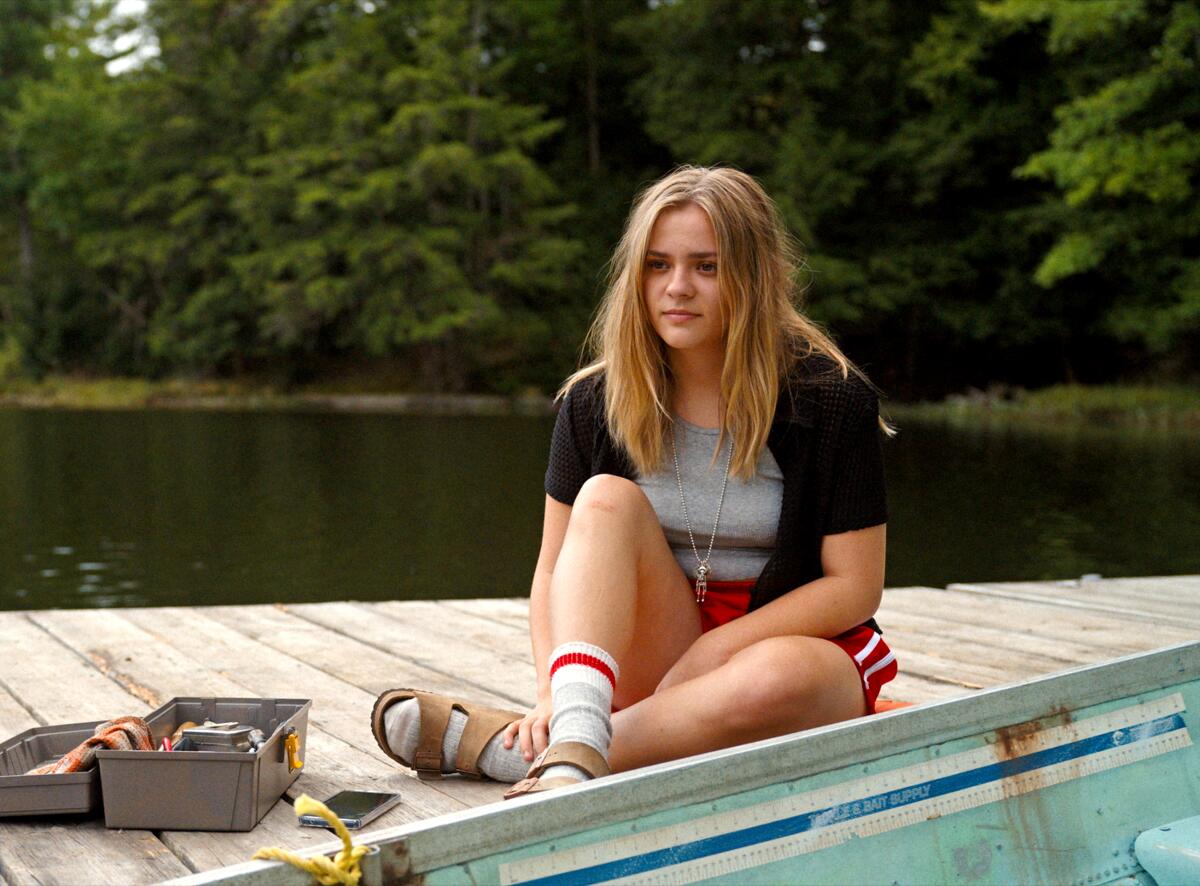
Writer-director Megan Park’s “My Old Ass” was an unexpected crowd pleasure at Sundance earlier this year. In the summer before college, Elliott (Maisy Stella) takes hallucinogenic mushrooms one night and is visited by her 39-year-old self (Aubrey Plaza), who puts her number in the younger Elliott’s phone and suddenly they strike up an interdimensional friendship.
Esther Zuckerman spoke to Park and Stella about the film and its deeply resonant emotional core. As Park said, “You know, the title and stuff — maybe people expect one thing and then are quite surprised.”
In other news
Beyond Fest program announced

The program for this year’s Beyond Fest was announced this week for the upcoming edition, which runs from Sept. 25 to Oct. 9. And it may be the event’s most impressive lineup yet, stretching the boundaries of what one might consider for a festival with its roots in deep genre filmmaking. Fresh from recent screenings in Venice and Toronto, Brady Corbet’s “The Brutalist” will screen in 70mm. Other West Coast premieres include Sean Baker’s “Anora,” Jesse Eisenberg’s “A Real Pain,” Ali Abassi’s “The Apprentice” and Marielle Heller’s “Nightbitch.”
Tribute events will include Keanu Reeves and Sandra Bullock with a special screening of “Speed,” Al Pacino appearing with “Scarface,” Kyle MacLachlan with “Dune” and “Blue Velvet,” Don Johnson with “A Boy and His Dog” and “The Hot Spot,” Sam Raimi with “Darkman,” “The Quick and the Dead” and “Drag Me to Hell,” Shane Black with “Kiss Kiss Bang Bang” and “The Nice Guys,” and Jennifer Kent with “The Babadook” and “The Nightingale.”
A 50th anniversary screening of “The Texas Chain Saw Massacre” in 35mm will include a large group of guests from the cast and crew. The festival will open with the world premiere of Gary Dauberman’s adaptation of Stephen King’s “Salem’s Lot.”
Three for Sundance
The Sundance Institute announced this week that it has narrowed its search for a new host city for the Sundance Film Festival in 2027 down to three finalists: Boulder, Colo.; Cincinnati; and the combined Salt Lake City and Park City, Utah.
A press release said, “All three finalists were assessed on ethos and equity values, infrastructure, and capabilities to host the Festival, in addition to demonstrating ways in which they will continue to foster the diverse Sundance community and inspire the next generation of independent filmmakers.”
The new host city will be announced sometime after the conclusion of the 2025 Sundance Film Festival.
Only good movies
Get the Indie Focus newsletter, Mark Olsen's weekly guide to the world of cinema.
You may occasionally receive promotional content from the Los Angeles Times.




